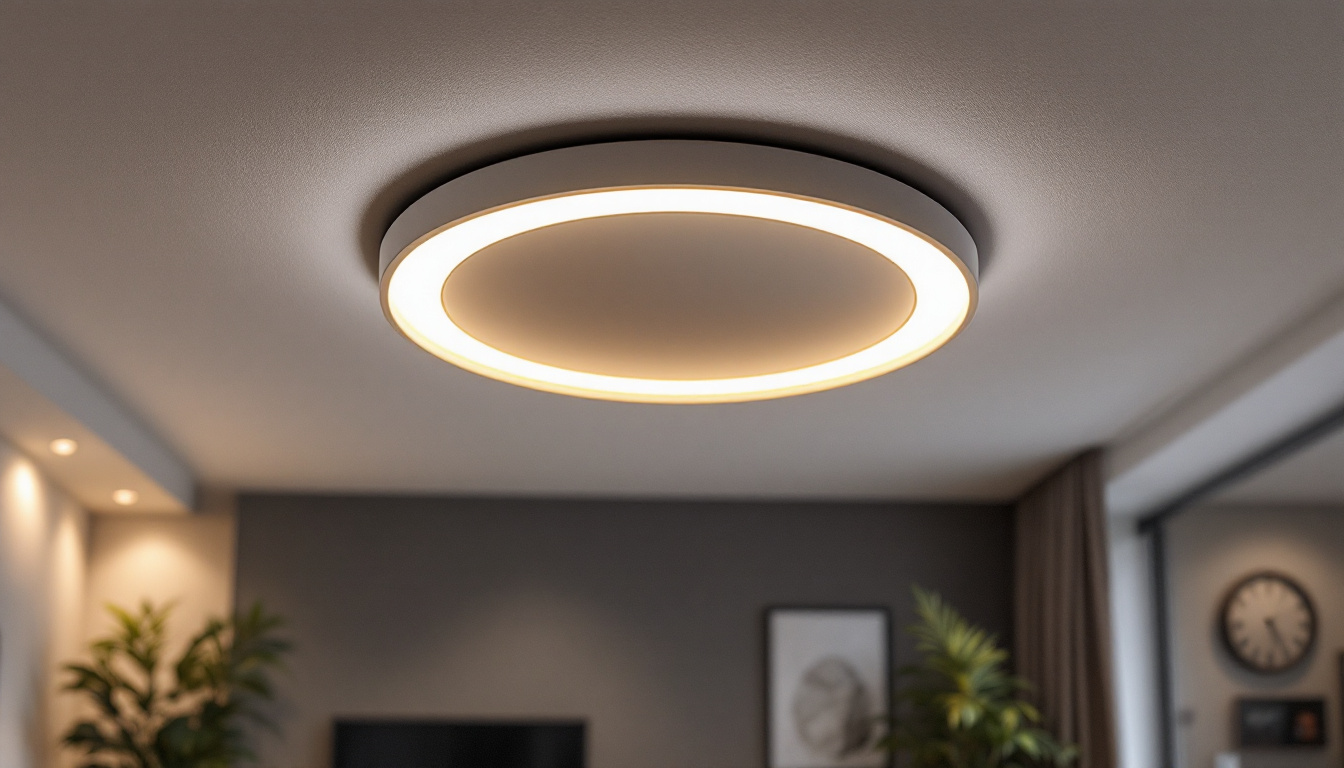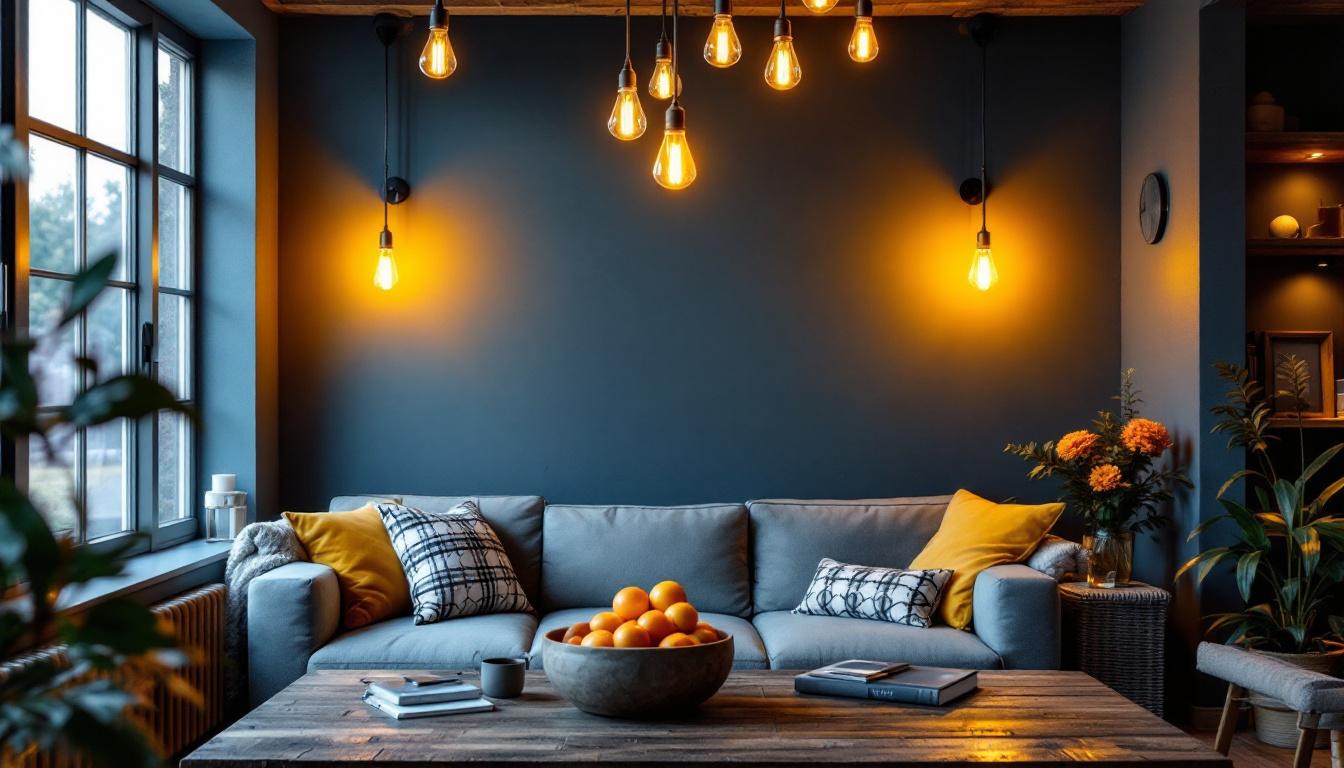The light bulb industry is rapidly evolving, driven by technological advancements and changing consumer preferences. For lighting contractors, staying ahead of the curve is essential not only for business growth but also for providing exceptional service to clients. Training your team effectively in lighting is a crucial step in achieving this goal. This article explores various strategies and best practices for training your team in the intricacies of lighting, ensuring they are well-equipped to meet the demands of today’s market.
Before diving into advanced training techniques, it is vital to ensure that your team possesses a solid understanding of the fundamentals of lighting. This foundational knowledge will serve as a springboard for more complex concepts.
Light is a form of electromagnetic radiation that is visible to the human eye. Understanding the properties of light, including its wavelength, intensity, and color temperature, is essential for any lighting professional. Training should cover the spectrum of light, how it interacts with various materials, and the principles of light distribution.
Additionally, concepts such as lumens, lux, and foot-candles should be explained. These measurements help quantify light output and intensity, which are crucial for designing effective lighting solutions. A thorough grasp of these scientific principles will empower your team to make informed decisions when selecting and installing lighting systems.
Moreover, understanding the psychological effects of lighting on human behavior and mood can greatly enhance the effectiveness of a lighting design. For example, warmer color temperatures are often associated with relaxation and comfort, making them ideal for residential spaces, while cooler temperatures can promote alertness and focus, suitable for office environments. This intersection of science and psychology underscores the importance of a well-rounded education in lighting fundamentals.
There are several types of light sources available in the market, each with its unique characteristics. Training should encompass the differences between incandescent, fluorescent, LED, and halogen bulbs, as well as emerging technologies like OLEDs and smart lighting solutions.
Understanding the advantages and disadvantages of each type will enable your team to recommend the most suitable options for different applications. For instance, while LEDs are energy-efficient and long-lasting, incandescent bulbs may still be preferred for their warm glow in residential settings.
In addition, it’s important to explore the environmental impact of each light source. For example, LEDs not only consume less energy but also have a significantly lower carbon footprint compared to traditional incandescent bulbs. On the other hand, fluorescent lights contain small amounts of mercury, which necessitates careful disposal. By incorporating this environmental perspective into training, your team can make more sustainable choices that align with modern eco-conscious practices.
Once your team has a firm grasp of the basics, it’s time to delve into more advanced lighting concepts. This phase of training is critical for enhancing their skills and knowledge, allowing them to tackle complex projects with confidence. By exploring these advanced topics, your team can not only improve their technical abilities but also develop a more nuanced understanding of how lighting can transform spaces in innovative ways.
Effective lighting design is not just about choosing the right bulbs; it also involves understanding how light interacts with space. Training should include principles such as layering light, creating focal points, and considering the purpose of each space. For example, ambient, task, and accent lighting each serve different functions and should be integrated thoughtfully. The strategic use of these lighting types can dramatically alter the perception of a room, influencing mood and functionality.
Moreover, incorporating the concept of the lighting triangle—comprising ambient, task, and accent lighting—can help your team create well-balanced environments that enhance both aesthetics and functionality. Additionally, understanding color temperature and how it affects the ambiance of a space is crucial. Warm tones can create a cozy atmosphere, while cooler tones can promote alertness and productivity, making it essential for your team to consider the psychological effects of lighting in their designs.
As the world becomes increasingly focused on sustainability, training your team on energy-efficient lighting solutions is paramount. This includes understanding energy consumption, the benefits of using LED technology, and how to calculate return on investment (ROI) for clients. Furthermore, it’s essential to stay updated on the latest advancements in smart lighting systems, which not only enhance energy efficiency but also offer unparalleled control over lighting environments through automation and remote access.
Incorporating sustainability into your training program not only aligns with industry trends but also positions your team as knowledgeable advocates for eco-friendly practices. Discussing certifications such as Energy Star and LEED can further enhance your team’s credibility when working with environmentally conscious clients. Additionally, exploring the lifecycle of lighting products—from production to disposal—can provide your team with a comprehensive understanding of the environmental impact of their choices, empowering them to make informed recommendations that prioritize both performance and sustainability.
Theoretical knowledge is essential, but practical experience is equally important. Implementing hands-on training techniques can significantly enhance your team’s learning experience and retention of information.
Organizing workshops where team members can experiment with different lighting setups is an effective way to reinforce their learning. These sessions can include demonstrations of various lighting products, installation techniques, and troubleshooting common issues.
Encouraging team members to participate in role-playing scenarios can also help them practice their customer service skills. For instance, simulating client consultations can prepare them for real-world interactions, allowing them to confidently recommend lighting solutions based on client needs.
Field training is an invaluable component of any comprehensive training program. Taking your team on-site to observe installations and interact with clients can provide them with practical insights that classroom training cannot replicate.
During field training, encourage team members to ask questions and engage with experienced professionals. This exposure not only builds their confidence but also fosters a culture of continuous learning within your organization.
In today’s digital age, leveraging technology can enhance the training process significantly. Various tools and resources can aid in delivering effective training programs.
Online learning platforms offer flexibility and accessibility for your team. Consider enrolling them in courses that cover lighting design, energy efficiency, and installation techniques. These platforms often provide interactive content, quizzes, and certifications that can motivate team members to engage with the material.
Additionally, creating a library of online resources, including videos, articles, and webinars, can serve as a valuable reference for your team as they continue to develop their skills over time.
Virtual reality (VR) and augmented reality (AR) technologies are becoming increasingly popular in training programs. These immersive experiences allow team members to visualize lighting designs in a simulated environment, helping them understand how different lighting options will look in real-world settings.
By incorporating VR and AR into your training regimen, you can provide your team with a unique learning experience that enhances their understanding of lighting concepts and design principles.
The lighting industry is constantly evolving, making it essential for your team to stay updated on the latest trends and technologies. Fostering a culture of continuous learning within your organization will ensure that your team remains competitive and knowledgeable.
Schedule regular training sessions to keep your team informed about new products, technologies, and industry standards. These sessions can be brief but should be consistent to reinforce learning and encourage knowledge sharing among team members.
Consider inviting guest speakers from the lighting industry to share their expertise and insights. This not only provides fresh perspectives but also demonstrates your commitment to ongoing education.
Encouraging team members to pursue professional development opportunities, such as certifications or advanced courses, can significantly enhance their skills and confidence. Support their efforts by providing resources and time for them to engage in these programs.
Recognizing and rewarding team members for their achievements in professional development can further motivate them to pursue continuous learning and growth within the industry.
Implementing a training program is only the first step; measuring its effectiveness is crucial for ensuring that your team is gaining the knowledge and skills they need. Establishing metrics to evaluate training outcomes will help you refine your program over time.
Collecting feedback from team members after training sessions can provide valuable insights into what worked well and what areas need improvement. Consider using surveys or informal discussions to gauge their understanding and satisfaction with the training content.
Additionally, conducting assessments or quizzes can help evaluate knowledge retention and identify areas where further training may be needed. This data can be instrumental in tailoring future training sessions to better meet the needs of your team.
Monitoring performance metrics, such as sales figures, customer satisfaction ratings, and project completion times, can help assess the impact of training on your team’s overall performance. By analyzing these metrics, you can determine whether your training program is effectively contributing to business goals.
Adjusting your training strategy based on these findings will ensure that your team continues to develop the skills necessary to excel in the light bulb industry.
Training your team in lighting is an ongoing process that requires dedication and commitment. By focusing on the fundamentals, incorporating hands-on training, leveraging technology, and fostering a culture of continuous learning, lighting contractors can equip their teams with the knowledge and skills needed to thrive in a competitive industry.
As the light bulb industry continues to evolve, staying informed and adaptable will be key to success. Investing in your team’s training not only enhances their capabilities but also positions your business as a leader in providing innovative lighting solutions to clients.
Ready to elevate your team’s expertise with high-quality lighting products that promise performance and value? Look no further than LumenWholesale for all your lighting needs. Our spec-grade selection is designed to meet the highest industry standards, ensuring your projects shine with reliability and excellence. Say goodbye to inflated markups and hello to unbeatable wholesale prices, free shipping, and the convenience of bulk buying. Don’t compromise on quality or cost. Visit LumenWholesale today and discover the perfect blend of quality, affordability, and convenience for contractors who demand the best value in wholesale lighting.

Discover how offering street lights for sale can give lighting contractors a competitive edge in the industry.

Discover how the Paramount Flush Account can revolutionize your bidding process as a lighting contractor.

Discover the key insights lighting contractors need to meet client expectations for recessed LED ceiling lights with high lumens.

Explore the science of interior barn lights and discover how lighting contractors can enhance their projects with innovative techniques.